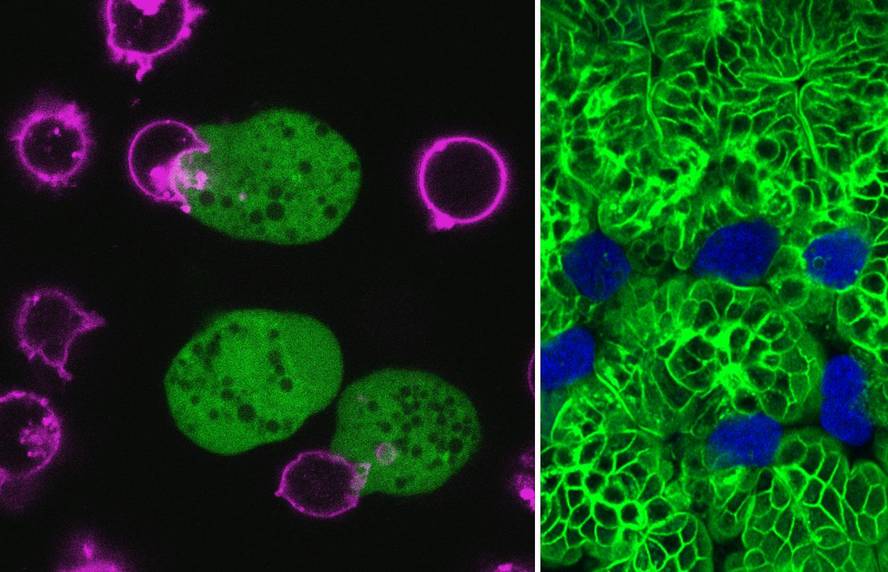Small bites of Ameba

The Amebian species Entamoeba histolyca, the most affected and most severe parasite in cases of amebiasis, uses trogocytosis to attack colon cells. Researchers at the University of Virginia have published in the journal Nature that the parasite removes parts of the cell in life and fagotiza them. As a result, over time, the concentration of calcium inside the colon cell increases and the cell dies. It is believed that this is how amoeba destroys tissue and causes a disease called amoebiasis.
It is a similar effect to the realization of small locks in cells, so they call trogocytosis this mechanism of attack because the Greek prefix trogo means to bite. “[Amebak] eating living material and excluding the victim does not conform to the model we had approved, does not clean the tissue already dead,” explained the researchers of the University of Virginia.
Until now, only trogocytosis was known in the cells of the immune system, since lymphocytes kill foreign cells through small notches, when in their outer membrane they are found with specific antigens. But now scientists have found this same mechanism in amoebas, and so they believe it can be a very ancient mechanism of origin in evolution.





